The New Year is a time we make more calls, emails and texts to friends and family. It can be easy nowadays to take this technology for granted.
Do you remember having to make your calls from a public phone box or your call going through the local manual exchange in the post office by a telephone operator?
Ireland's purpose-built telephone exchange buildings are the physical reminders of the social and infrastructural changes which came about as developments in communication improved. One such structure is the extension to the Galway City Telephone Exchange.
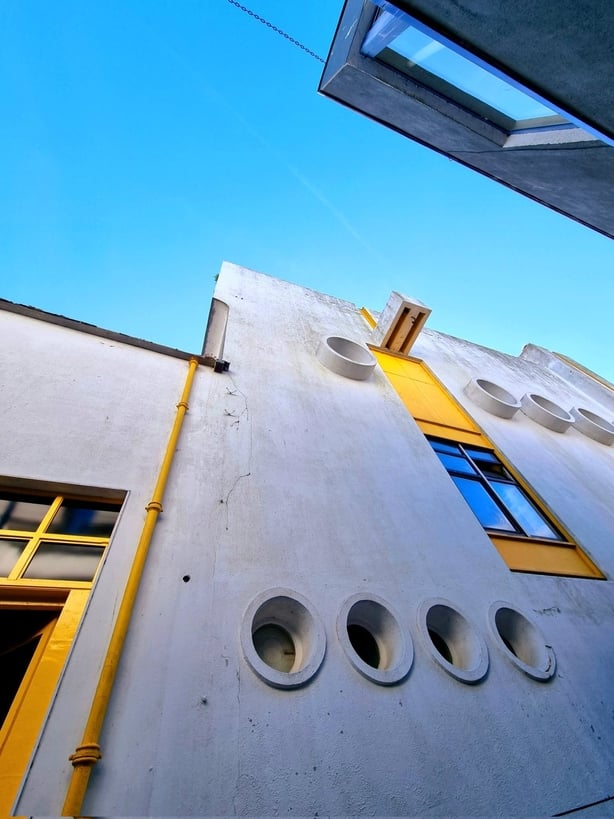
Arrival of the telephone
The first telephone exchange in the country was established in 1880 on the top floor of the Commercial Buildings on Dame Street in Dublin – four years after Alexander Graham Bell got his patent for the telephone. While a purpose-built exchange was built for the first time in Temple Bar's Crown Alley in 1897, once the British General Post Office assumed responsibility for the entire system in 1912 the tendency was to find accommodation for exchanges either within post offices or on their grounds.
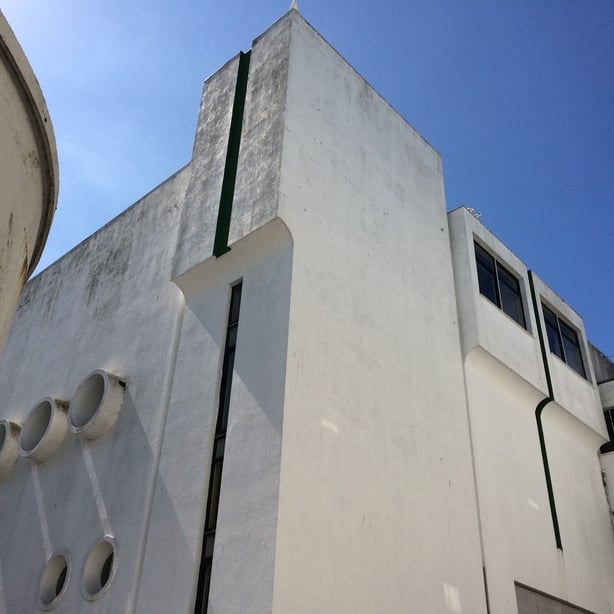
a seated eye-level to allow views outside, would prevent
the intrusion of direct sunlight into the interior.'
This network was then taken over by the Irish Department of Posts and Telegraphs (P&T) in 1921 and used a mixture of manual and step-by-step automatic exchanges. Development of the network was relatively stagnant with slow rollout of automatic switching using step-by-step exchanges until after the forties.
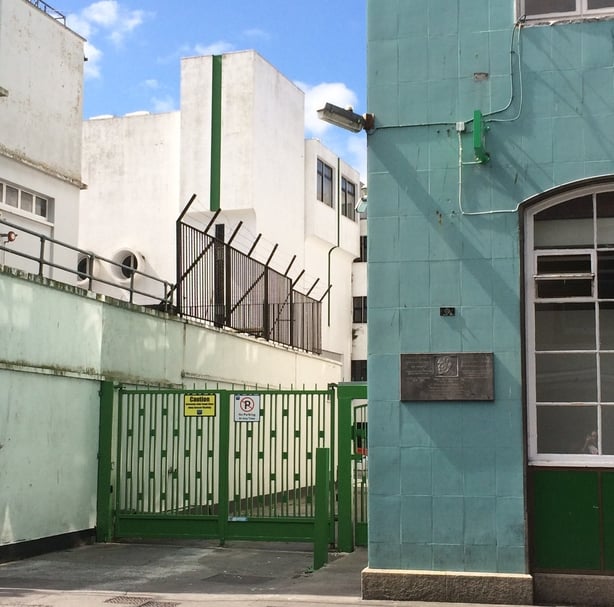
Galway’s first Exchange
Galway received its first purpose-built telephone exchange in 1959- 60 (1) behind the General Post Office on Eglinton Street/William Street (2) in Galway city. This insertion within a dense urban block was made possible by demolishing a Victorian post office building which housed an exchange in a small room on the first floor in 1958. The extension also necessitated the demolition of garage and storage space for lineman’s vehicles and equipment which had been built as part of the fifties development. Even at this stage the network was still quite underdeveloped in rural areas and due to the expanding telephone service an extension to the Telephone Exchange was commissioned in 1974 by the Department of Posts and Telegraphs.
This was succeeded by the Department of Communications which regulated a new state-sponsored telecommunications company, Telecom Éireann. The Office of Public Works selected architect Noel Dowley of Curley & Dowley Associates who designed the New Docks Workshop in Galway and would go on to design the Rosleven Telephone Exchange in Athlone (1976 – 80).
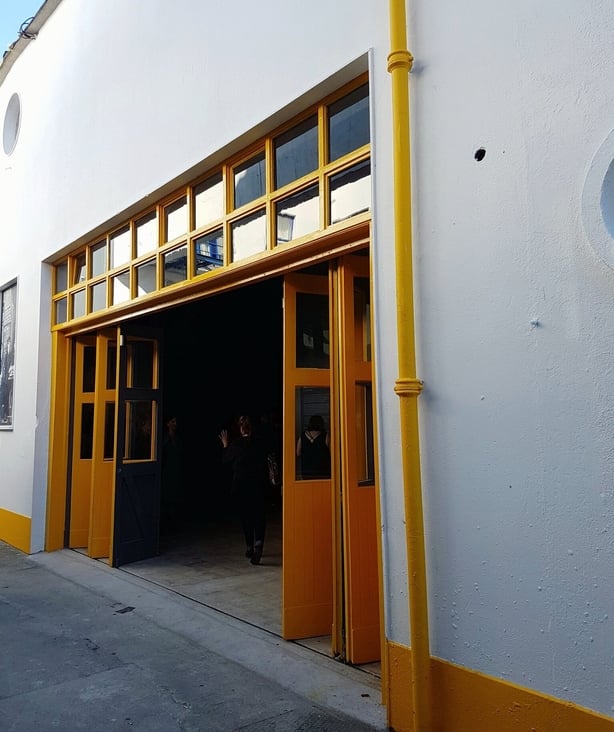
Dowley's design
Dr Brian Ward describes Dowley’s economic approach to design as 'a series of tight, but spatially rich, buildings thoughtfully constructed from a range of everyday materials’ (3). The three-storey extension is gathering all existing parts of the GPO building complex. It is constructed from 300mm cavity blocks and reinforced concrete floors and roofs. The building is finished in white plastered walls broken by windows detailed either as deep vertical scores and rectangular windows projected out like bay windows on the top floor. The use of portholes is not just aesthetic but according to Ward ‘the result of Dowley’s observation on visits to exchanges that in many cases operators kept window blinds down such that they could adequately see the lights on their machines.
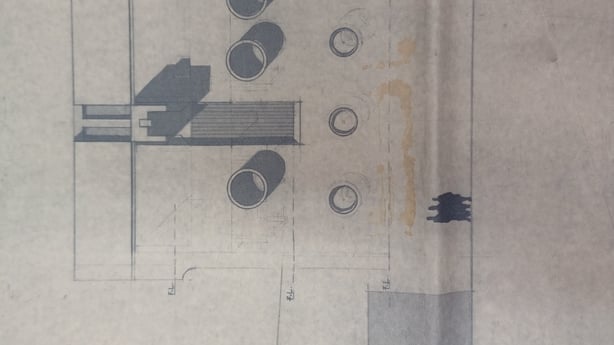
He strove to design windows which, though positioned at a seated eye-level to allow views outside, would prevent the intrusion of direct sunlight into the interior. The depth of wall which would create this condition was artificially provided by projecting, as portholes, standard concrete storm-water pipe sections from the walls’. The extension was completed in 1977 at a cost of £200,000.
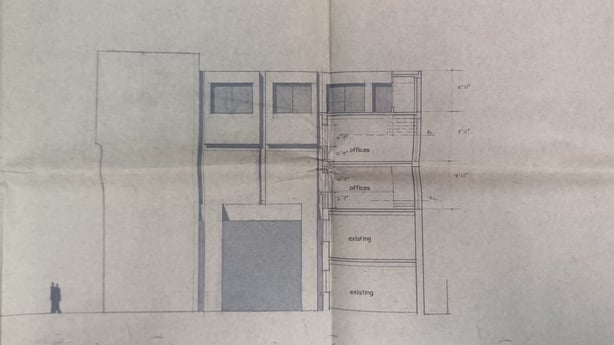
constructed from a range of everyday materials'
Today the building is no longer in use, however it has been opened to the public in the last few years thanks to the Galway Arts Festival as a temporary gallery space and for the popular Architecture at the Edge event. Dowley, by design, would have considered himself an outsider of Irish modernist circles going under the radar except for those in the know. Despite this the Telephone Exchange has secured its place within the history of this island’s architecture and the Irish telecommunication system, but as of yet, it is not on Galway’s Record of Protected Structures. Hopefully, with renewed attention from events such as architecture festivals, this might all change.
The author is hugely indebted to Galway City Council Architectural Conservation Officer Michael Scott, Frank Monahan and Dr Brian Ward.
NOTES
(1) It was officially opened on May 23rd 1960 by Michael Hilliard, then Minister for Posts and Telegraphs. Post-office and sorting room but also a manual and automatic telephone exchanges, and a teleprinting service. The builder was James Stewart and the cost was £90,000. J.P. Alcock (1905 – 1966) was Architect, with J.J. Ruddle, Assistant Architect, both of Office of Public Works.
(2) Formerly the site of a skating rink, cinema and theatre (Gaiety c.1917 and Empire c. 1919) depicted in OS Map 1913.
(3) Brian Ward Telecommunications : infrastructural adhocism, in Gary A. Boyd and John McLaughlin (eds) 'Infra-Éireann; infrastructure and the architecture of modernity in Ireland 1916 – 2016', p.153.


